
What is the Maya Research Program?
The Maya Research Program (MRP) is a non-profit organization (501 C3) that sponsors archaeological and ethnographic research in Middle America. Each summer since 1992, MRP has supported archaeological research in northwestern Belize and ethnographic research at Yaxunah, Mexico.
This summer marks MRP’s Blue Creek Archaeological Project’s 24th archaeological field season in northwestern Belize. MRP is proud to support a vast range of talented researchers from across the globe under this project’s umbrella. Our research associates include not only archaeologists, but also soil scientists, geoarchaeologists, geographers, conservationists, cultural anthropologists, bioarchaeologists, and botanists. We welcome students and volunteers to participate in our research.
Archaeology, Munsell and Soils
When an archaeologist undertakes an excavation, we utilize numerous quantitative techniques to record the feature being excavated. For instance, we use Munsell color charts to record the soil color and the USDA soil classifications to record the soil’s texture. Archaeology is a destructive science in that we can never exactly replicate an excavation once it is concluded. This is why very careful systematic recording is very important in archaeological science.
Here is a photo of a typical soil profile of an ancient Maya ditched field (Figure 1). As you can see there are numerous strata / soil horizons in the profile.
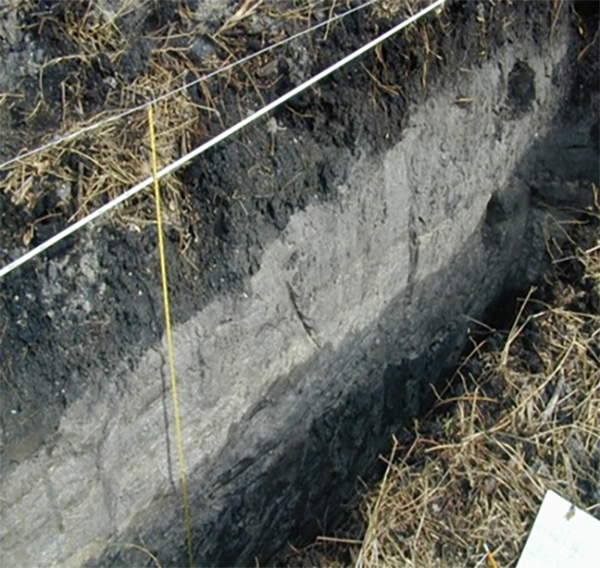
Figure 1: Profile of a Maya ditched field
We now take a soil sample and measure the color using a Munsell color chart (Figure 2). It is incredibly important that these measurements are done consistently. For instance, in our excavation research design, procedures are established to either measure the soil in direct sunlight or in the shade, or to measure the soil when it is wet or dry. These variations can affect how an individual observes the Munsell color of the soil.
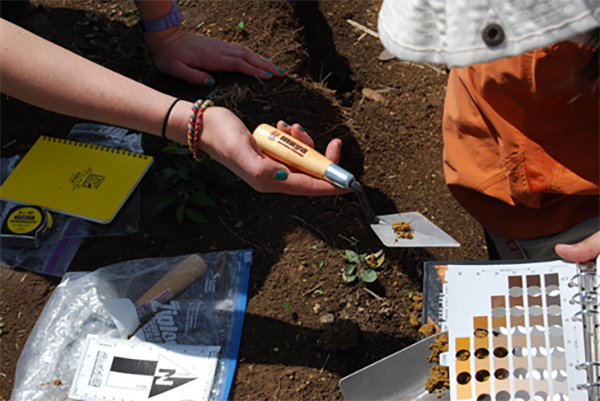
Figure 2: Measuring the color of the soil using a Munsell Color Chart
What Does Soil Color Tell Us?
Soil color is the result of differing weathering process and the color tells us a great deal about how the soil was formed. For instance, in this profile – we see the “Oreo cookie” profile (Figure 3). The organic dark soil (the cookie part) is referred to as an “A Horizon”. Horizons refer to layers of soil that differs in color and texture from the layers above or below it. An “A Horizon” is the topmost mineral horizon, often referred to as the ‘topsoil’. This layer generally contains enough partially decomposed organic matter to give the soil a darker color than that of the lower horizons.
The “cream” of the cookie – the light gley soil below the A Horizon – is a layer of gypsum and is designated a “C” Horizon. This is a mineral horizon that is characterized by little or no alteration through the soil-forming processes operating in the A and B horizons. The C horizon usually represents the parent material from which the A and B horizons have formed.

Figure 3: Soil Horizons of an ancient Maya ditched field
Archaeology, Munsell and Artifacts
Jade
Archaeologists also utilize the Munsell Color Charts to accurately record artifact descriptions (Figure 4). For instance, jade comes in a wide variety of colors (from black to white) and that color reflects the quality of the jade and presence of different kinds of inclusions (Figures 5). However, green jade was most valued by the Maya and was a high status item (Figure 6). Jade artifacts are often found elite burials and sometimes a jade bead was placed within the mouth of the deceased. Jade objects are also found in dedicatory offerings for the construction or ritual termination of public buildings and in household contexts as well. The source for all jade in Mesoamerica is the Montagua valley in Guatemala.
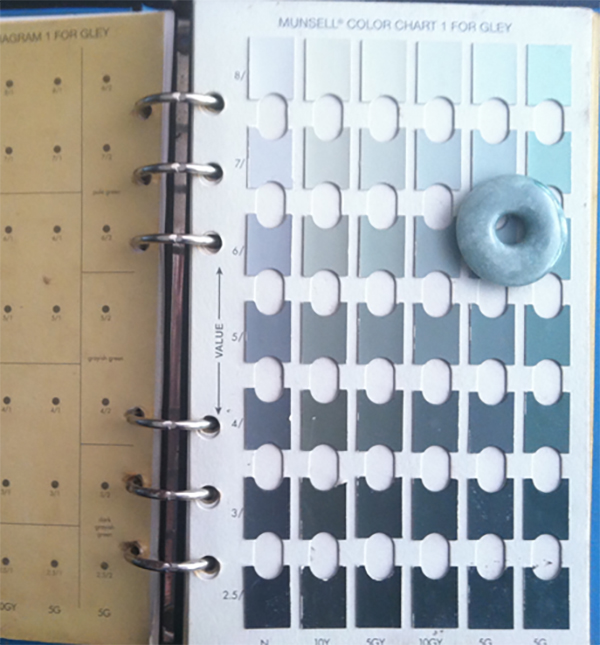
Figure 4: Munsell and jade artifact.
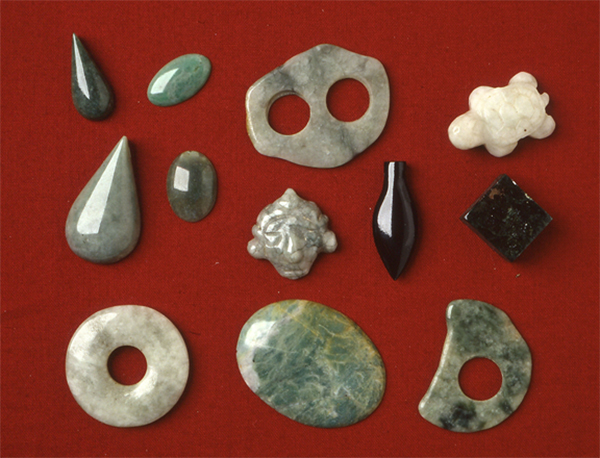
Figure 5: Modern jade assemblage from the Montagua valley. Note color variations from white to black.
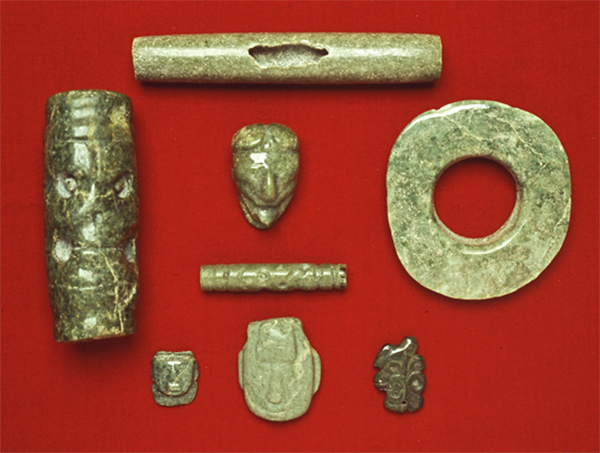
Figure 6: Classic period jade from the site of Blue Creek, Belize
Ceramics
Archaeologists routinely use the Munsell Color Chart to systematically record the color of ceramics (Figure 7). Ceramicists use a relative dating technique know as “type-variety” analysis to describe a sherd. A ceramic type is a classification that is based upon the sherd’s surface finish, decoration, and form. Therefore, it is necessary to be very precise about how we define the sherd’s surface treatment. In this case, the slip of the sherd is made from red ochre. Ochre of is a natural pigment which ranges in color from yellow to orange or brown. “Red ochre” is a variant of ochre, containing a large amount of hematite, and has a reddish tint.
The firing environment of the pottery influences the color of a sherd’s slip and paste as well (Figure 8). Color variations indicated how much oxygen was available in the firing environment and can tell us a great deal about how the pottery was made. In this instance, the vessel was fired in an open firing environment (most likely in a pit) and the dark variations in the red slip occurred when the vessel came into direct contact with the smoky part of the flame or with incompletely burnt fuel.

Figure 7: Tinaja Red sherd and Munsell
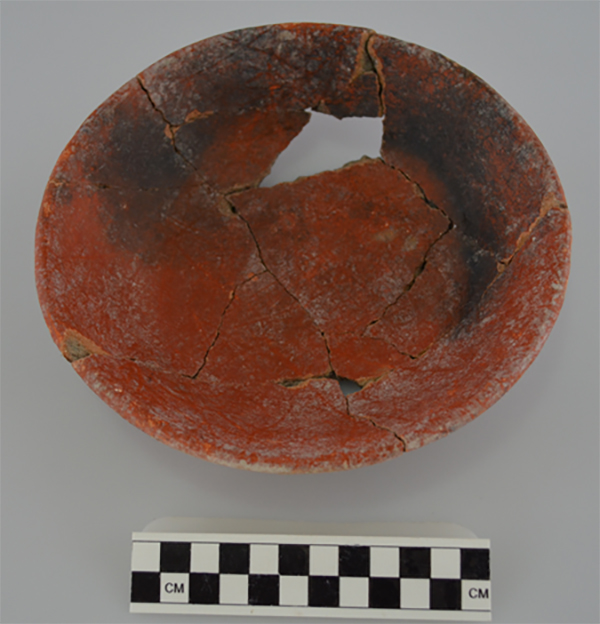
Figure 8: Preclassic Sierra Red bowl with fireclouding
Munsell has been an integral part of our recording processes both in the field and in the lab.
The Maya Research Program heads to Belize this month and will be back to share more stories from the field. Stay tuned…



Leave a Reply